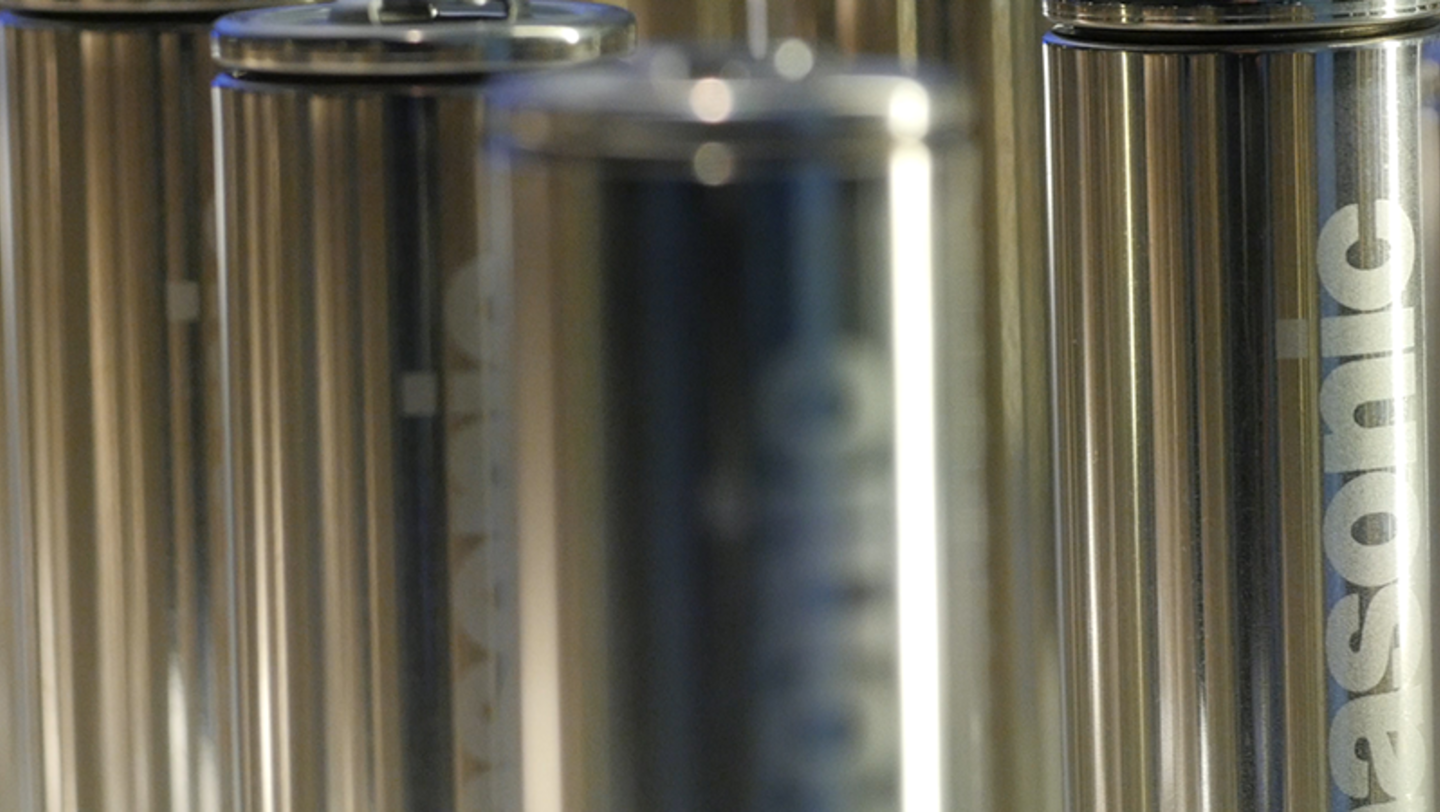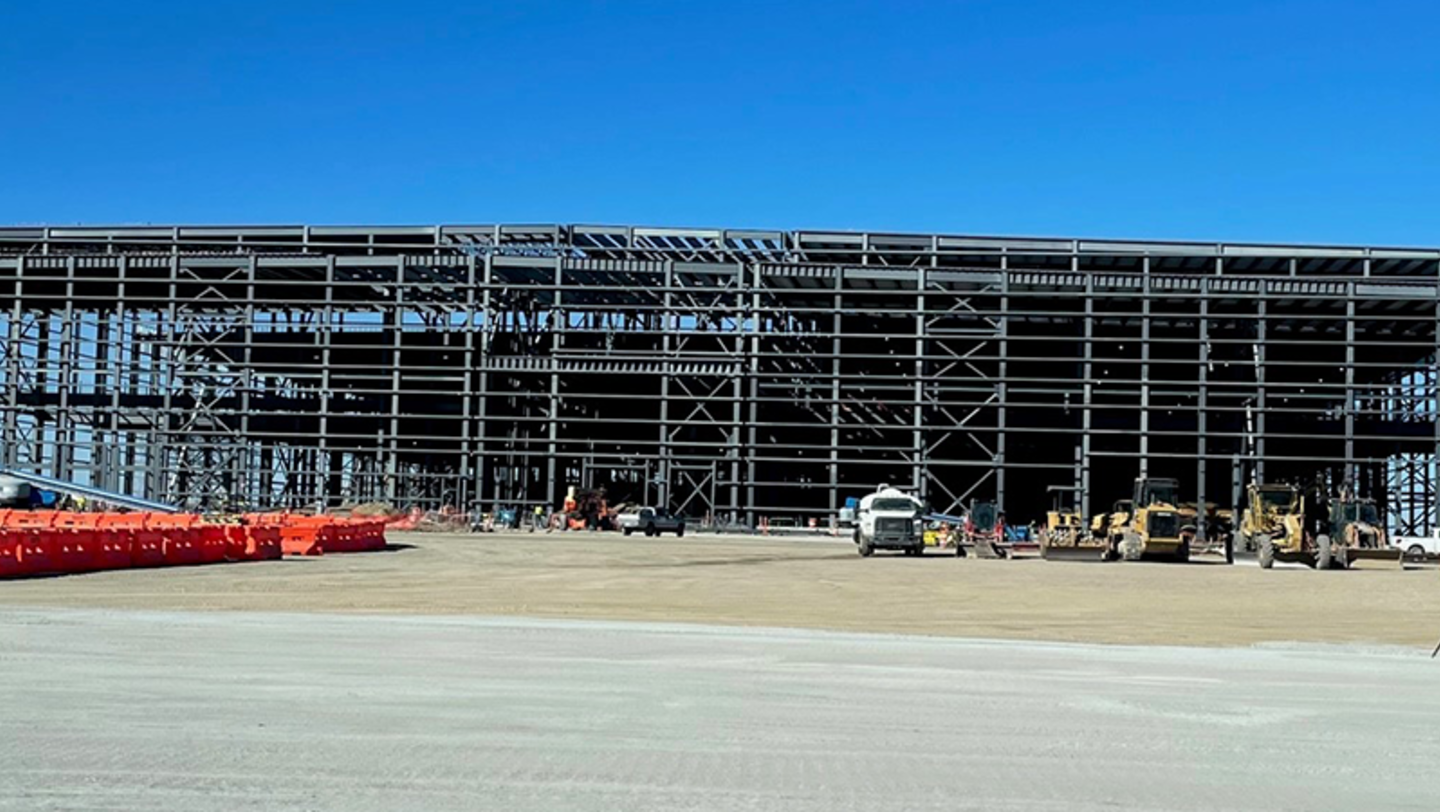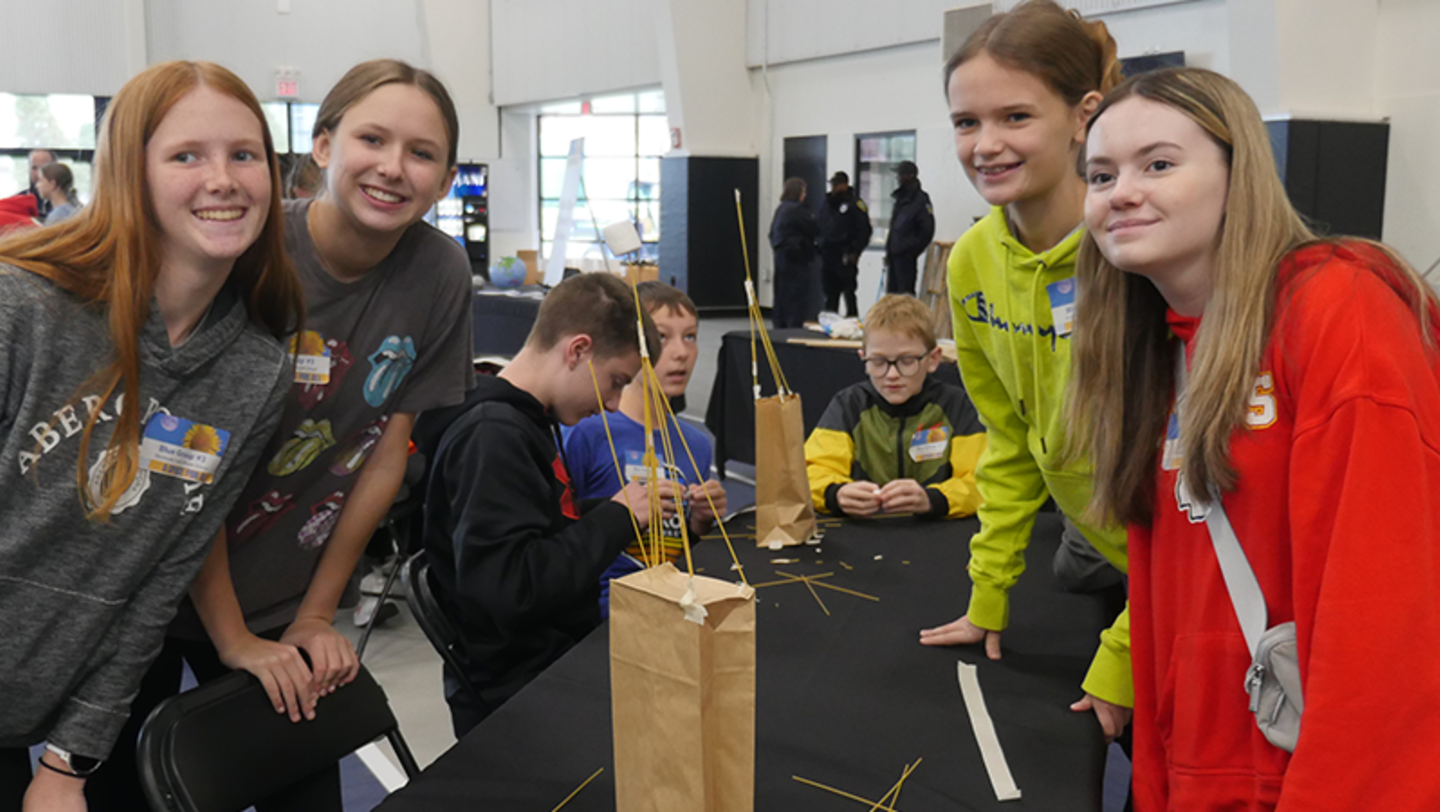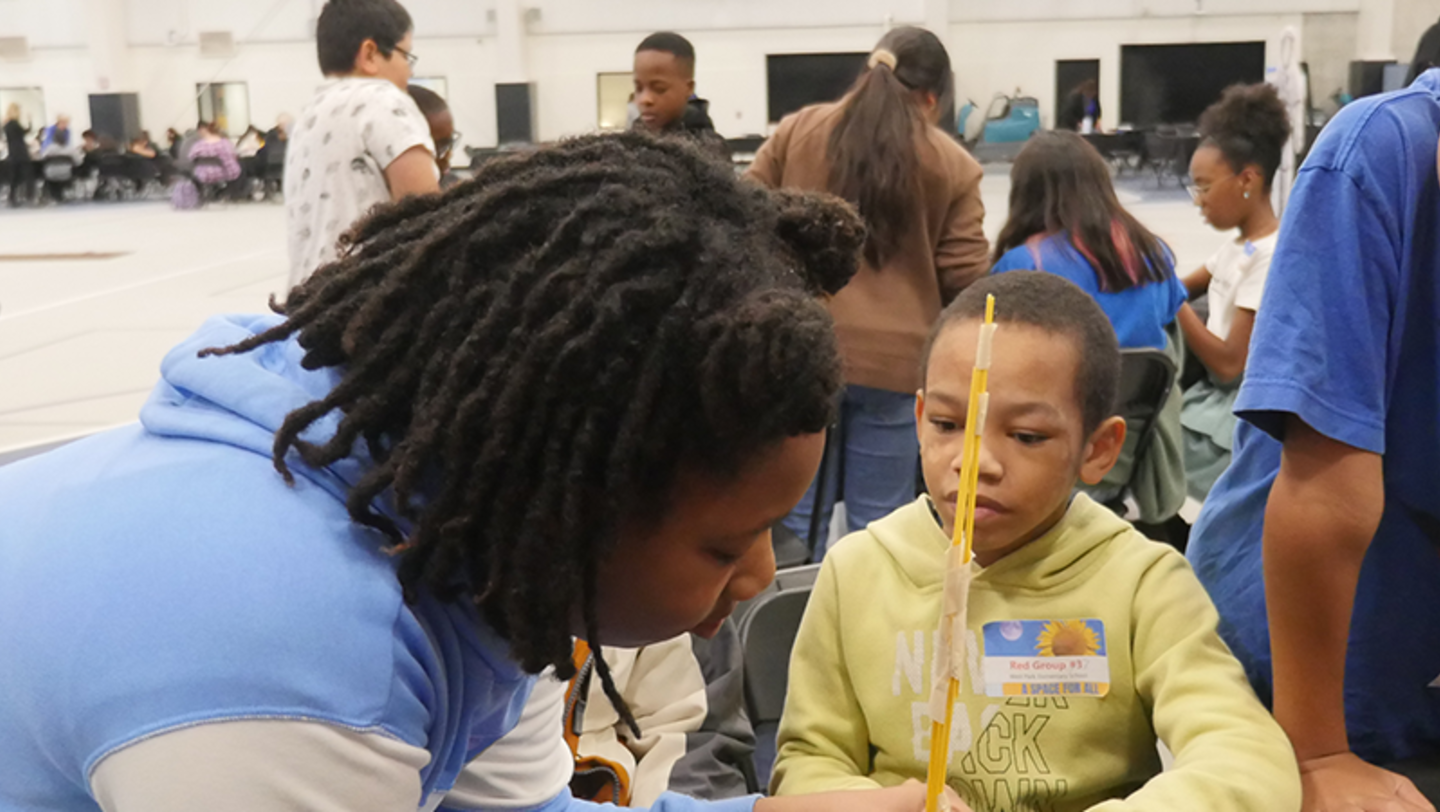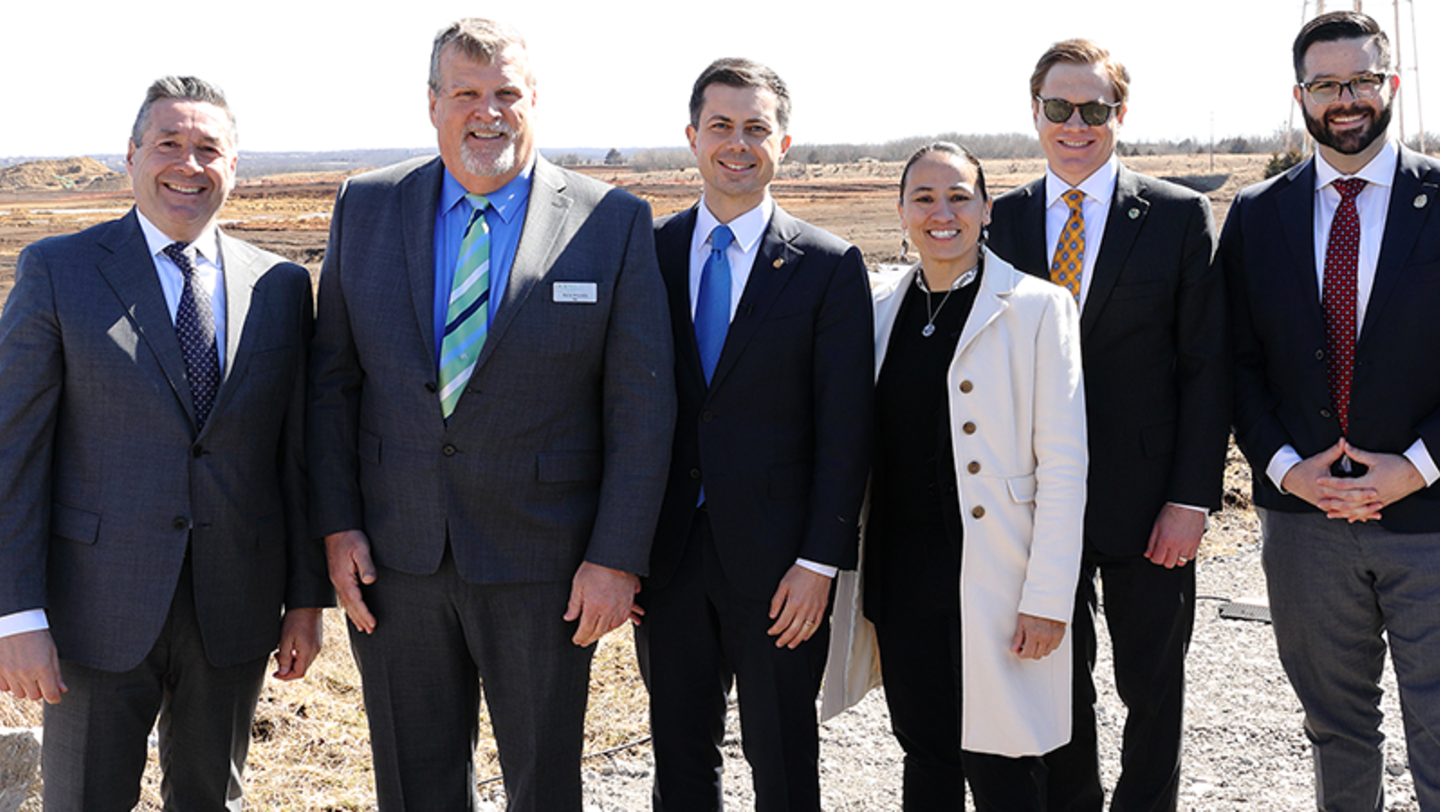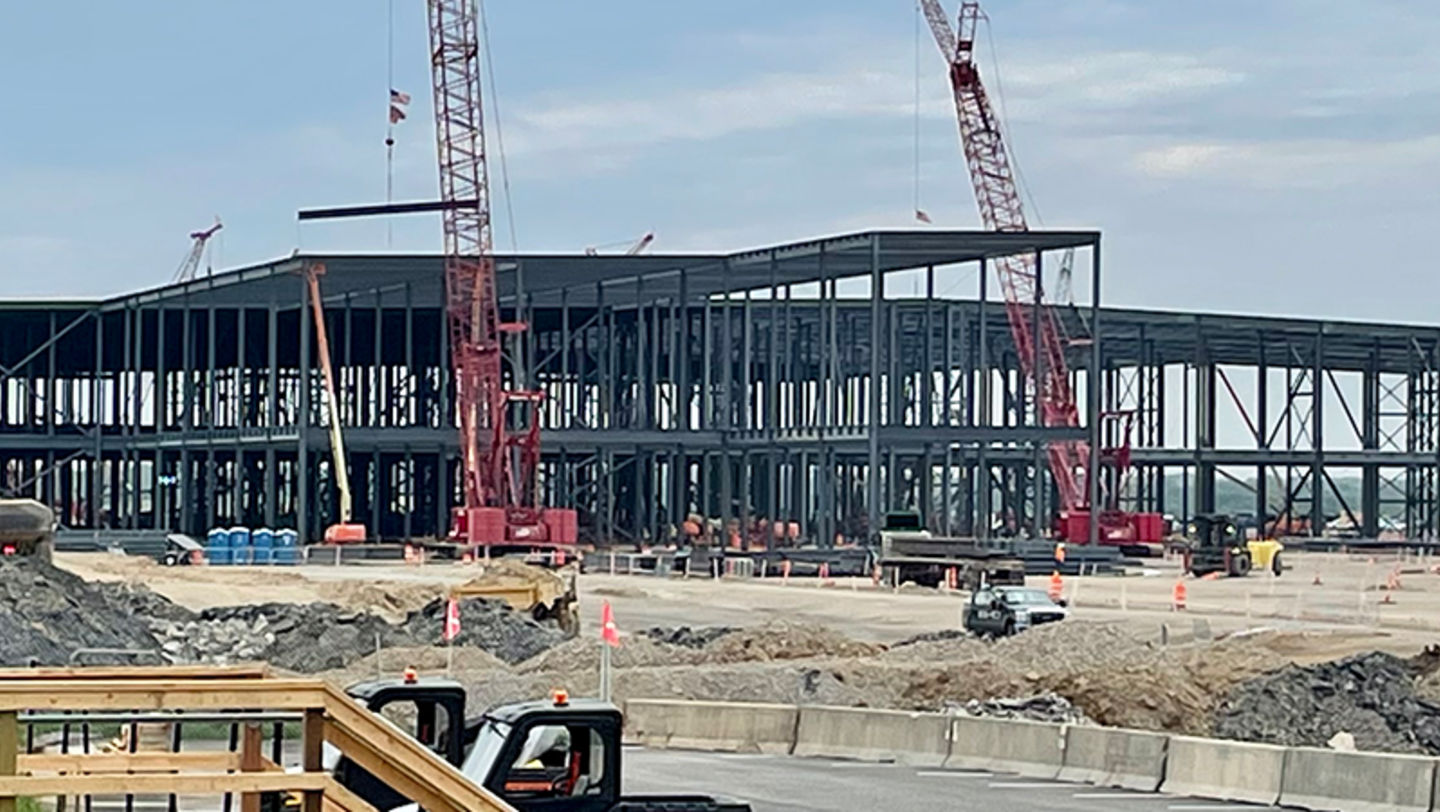Food service and the “new normal”

Food service and the “new normal”
5 minutesAs North America moves through summer, governments across the U.S. and Canada are beginning to reopen their states and provinces to varying degrees. New government guidelines and regulations – along with shifting consumer trends, concerns and expectations – mean both the food retail and service industries will have to do their second major pivot within 2020. With recent world events speeding up the rate of change in these industries, businesses are working overtime to develop their technological infrastructure to meet customer demands.
Across the quick-service restaurant (QSR) industry, businesses have invested time and resources into assuring customers that they will continue to provide the services they want and expect – with their safety at the forefront. This direct appeal to customers has been a trend in the industry for years, especially as QSRs invested in solutions such as apps and kiosks. Still, despite these trends, the unprecedented interruption of Covid-19 has pushed food service providers to rapidly invest in no-contact delivery services and kiosks for when interiors reopen.
In the case of food retailers, the current climate presents various other hurdles as they strive to meet new customer demands and expectations. Unlike QSRs, which have a limited menu of interchangeable items, a large food retailer can carry up to 50,000 various items at a single location. This fact alone presents complications as customers shift to online ordering, delivery and curbside pickup options. As a proverbial "return to normal" seems increasingly far off, companies are looking to technology to streamline order fulfillment and minimize contact points to help them adapt to what many are calling the "new normal."
Both a marathon and a sprint
Until March of 2020, food retailers had little incentive to invest in online grocery shopping services. While roughly half of book and music sales are made online, The Atlantic reported as recently as February 2019 that only three percent of grocery sales were made online. All of that has changed, however. Between March 12 and March 15, online grocery orders were up 150 percent, according to data from Rakuten Intelligence. Another source, PYMNTS.com, noted online orders jumped from 3.9 percent of retail business at the beginning of March to 9.1 by the month's end.
Quick-service restaurants, on the other hand, have been experimenting with digital ordering and purchasing for years. For instance, Taco Bell launched its app in 2014, allowing diners to completely customize their orders, to choose between dining in or picking up, and to pay via the app. Since then, they’ve teamed up with food delivery service GrubHub to offer delivery.
Domino’s, whose service was designed primarily around delivery even before coronavirus, announced its intention to hire 10,000 new employees at the end of March, according to QSR Magazine. Of course, the hiring process leaned heavily on technology. Those applying were sent to a webpage to answer several screening questions. The company then leveraged texting to quickly contact applicants to schedule a video conference interview.
These precautions keep both the applicant and hiring manager safe, but companies also need customers to feel secure as well. As Domino’s ended Q1 with more than 3 percent growth at its corporate stores, it released a commercial, parodying the famous “Risky Business” dance scene of someone home alone, emphasizing its new contactless delivery practices.
Leveraging technology
As states and provinces reopen, many restaurants will continue to lean on these technological solutions. With new government restrictions in place, including social distancing for tables or outdoor-dining-only rules in certain places, restaurants are suddenly operating with a lower capacity for customers. Many are hoping this new focus on take-out and delivery will help to offset the impact of lower capacities for dine-in customers - or help balance the budget altogether.
By their nature, QSRs have more options available to them as they move into the post-Covid world in comparison to other restaurants. One potential solution to reduce touchpoints in the food service industry is to automate certain tasks. For restaurants that offer table service, the concept of replacing waiters with an automated solution has not been well received by customers, who associate dining out with social experiences. According to GlobalData’s 2018 Q4 consumer survey, only 31 percent find this solution appealing.
Restaurants that are not associated with table service, however, have the ability to automate processes elsewhere. While QSRs were adopting kiosks prior to Covid, perhaps based on data from the Harvard Business Review indicating that customers place larger orders at kiosks than counters, concerns surrounding the spread of coronavirus have re-centered kiosks in the conversation. According to QSR Magazine, the rate of adoption has increased in the wake of Covid-19: “Our earlier predictions for clients cited that kiosks would become a staple of mainstream ordering in two to five years; but, today, we are seeing an unprecedented number of requests for immediate installations at quick-serve and fast-casual restaurants.”
Efficiency and refocusing
A report from Deloitte indicates retailers can expect changed customer behaviors to extend beyond the pandemic to what people are calling our “new normal.” The report recognizes the growth in online shopping, particularly among baby boomers who were slow to adopt the online shopping system, and predicts - as retail locations begin to reopen among lifting regulations - many of these consumers will continue to shop online.
The sudden influx of online orders as a result of the pandemic has left many retails struggling to fill those order efficiently, resulting in long wait times for customers. To manage these shifting demands, stores will need to make some creative adjustments. Digitizing various operations can be just one solution that can minimize labor hours, freeing workers to take on other tasks.
One example is the use of electronic shelf labels (ESLs), which can allow for immediate repricing from a centralized hub such as a corporate headquarters. With no tags to print and replace, workers can be reassigned to other tasks such as filling online orders. To increase efficiency, some ESLs can utilize color-coded LED lights to help fulfillment workers identify products in an online order.
Companies across all industries have struggled to meet new demands as the world changes in ways few could have predicted. As this new space is navigated, they’re finding creative solutions to improve service in the face of unparalleled challenges. As a technology partner, Panasonic knows, as we all traverse these times and work to redefine “normal” in our post-coronavirus communities, we will emerge stronger together.
